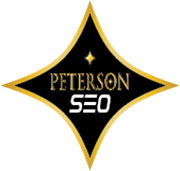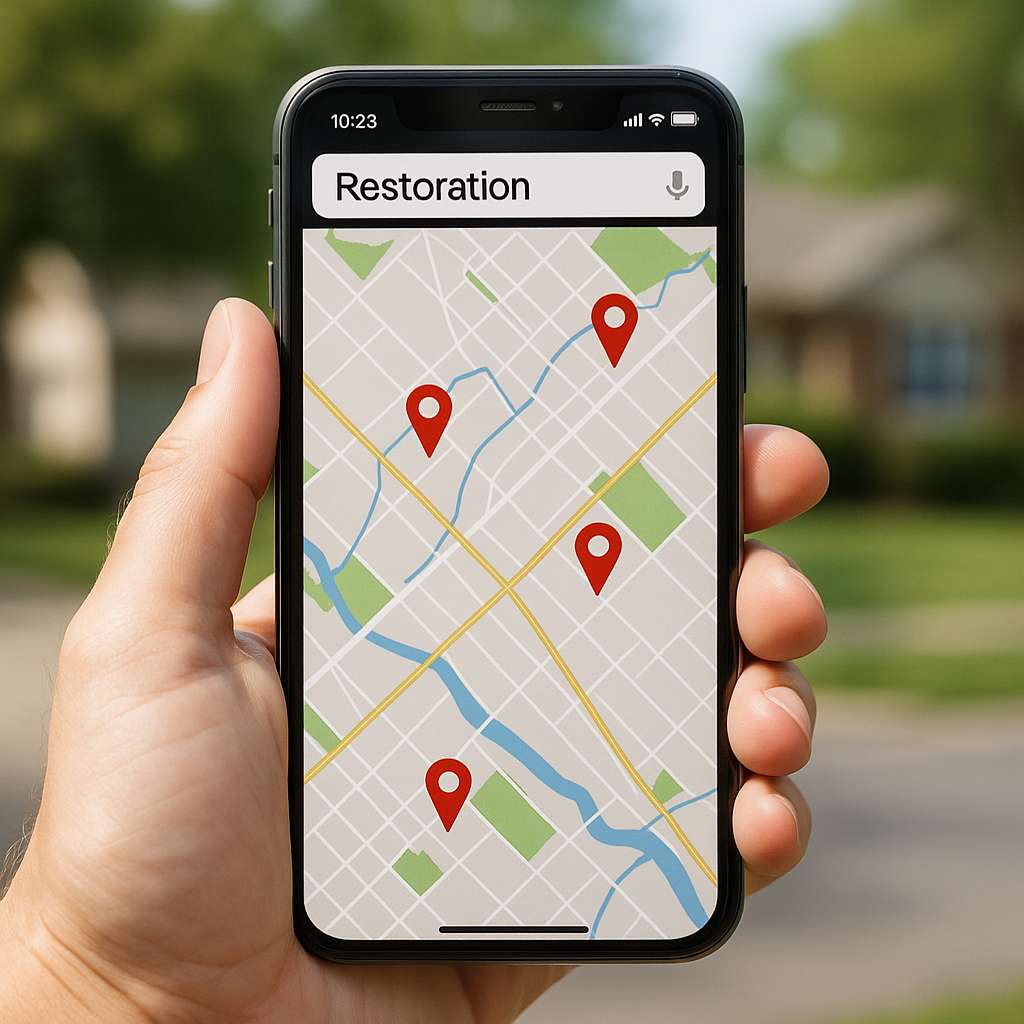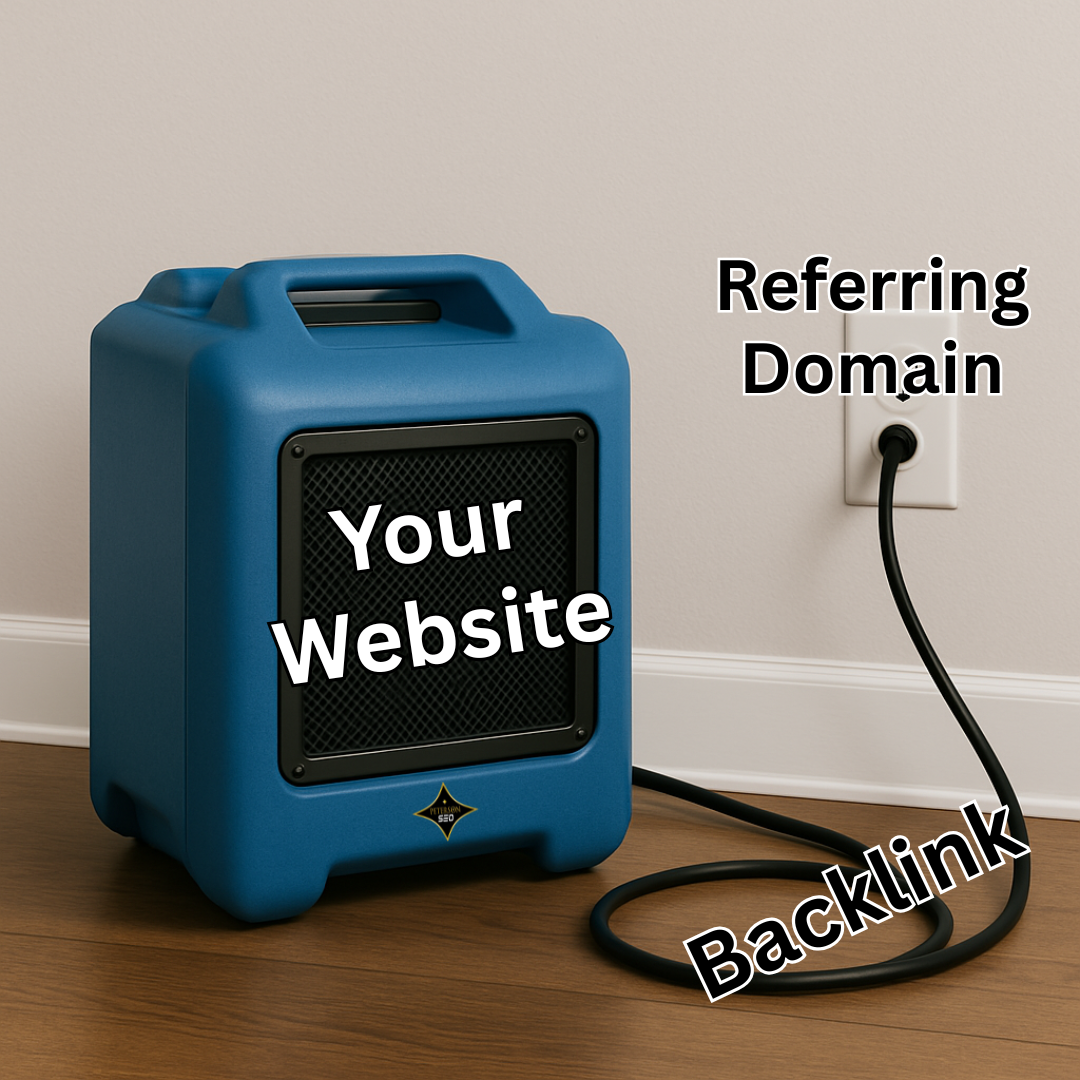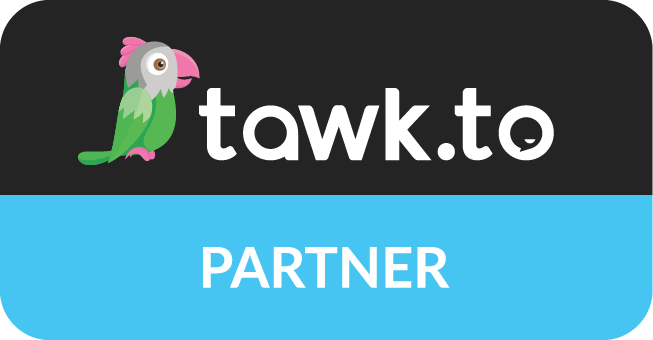A slow website is like dragging a soaked carpet through mud—potential callers bounce before they see your information. Since most emergency searches happen on smartphones, you must load pages in under two seconds on a 4G connection. We compress images into WebP format, minify CSS and JavaScript files, and leverage browser caching so your site operates at top speed, even during peak storm events.
We also implement schema markup so Google understands exactly what services you provide. For example, we add LocalBusiness schema on your homepage with your business name, phone, address (if you have an office), and the specific cities or ZIP codes you serve. Then we apply Service schema on each service page—“Emergency Water Extraction,” “Fire Damage Cleanup,” “Mold Remediation”—and wrap FAQs in FAQ Page schema. This structured data helps Google produce rich snippets—star ratings, “24/7” badges, and Q&A answers—directly in search results, making your listing stand out and driving more calls.
Mobile-Friendly Design
Every button must be easy to tap and all menus simple to navigate. We test your site on iPhones, Android devices, and tablets to ensure nothing breaks when homeowners search during an emergency. A user-friendly mobile design means no pinch-zooming, legible text at standard size, and a prominent “Call Now” button that’s always visible. If a homeowner can’t tap your phone number within two seconds, they click on someone else’s listing. A truly mobile-friendly design is a must—no excuses.
Reliable Hosting & Security
Your site must be hosted on a secure, stable platform that doesn’t crash under heavy load—especially when storms or disasters hit your area. We build on Snapps.ai
with AWS servers to avoid plugin conflicts and expired SSL certificates. When your site stays live and loads quickly, Google trusts you, and so do homeowners. A crash during a severe weather event means lost calls and lost revenue—something no restoration business can afford. Reliable hosting and up-to-date security are non-negotiable.
